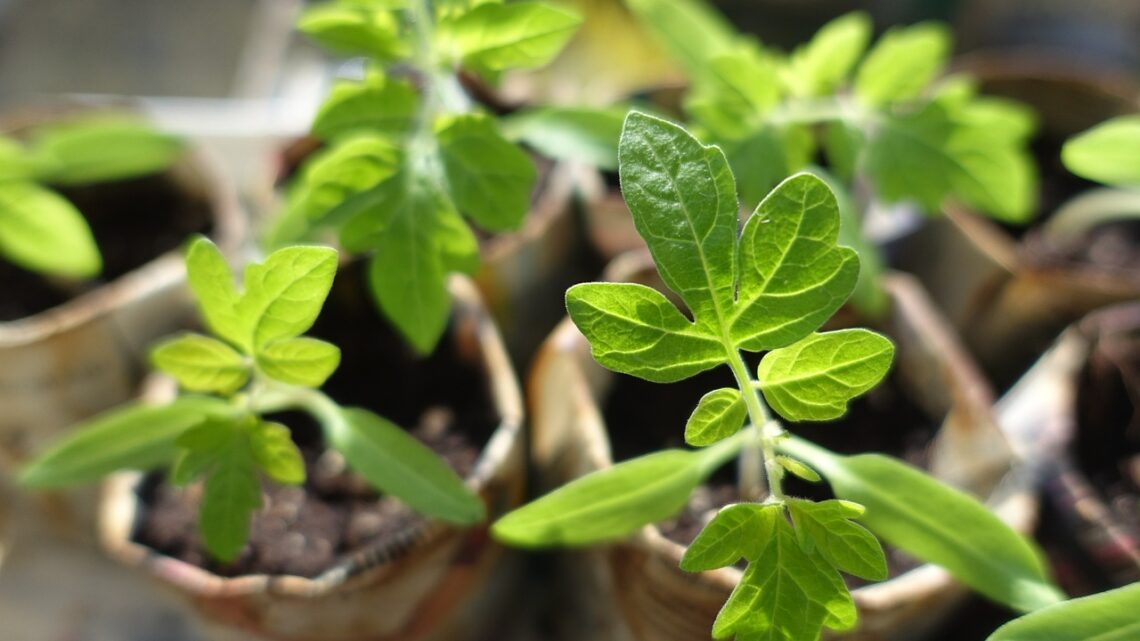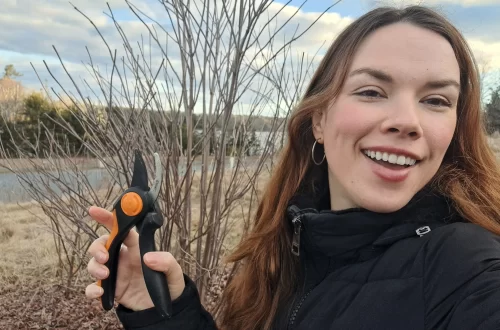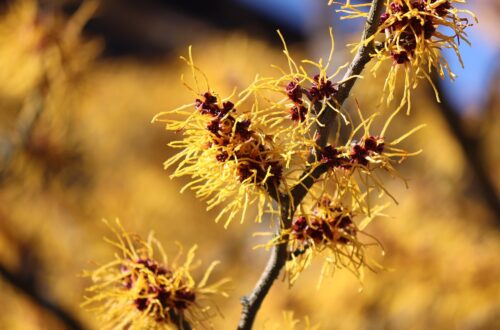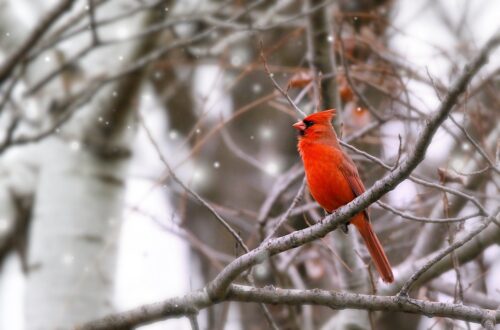Take the guesswork out of starting seeds indoors with this must-have seed starting supply list!
Many gardeners start seeds indoors in winter to extend their growing season and save money on plant starts. But if you’ve never grown plants from seed before, knowing what supplies you’ll need for the growing season to come can be a bit of a headache. But no worries… I’ve got you covered with this quick guide on seed starting supplies!
Affiliate disclosure: As an Amazon Associate, I may earn commissions from qualifying purchases.
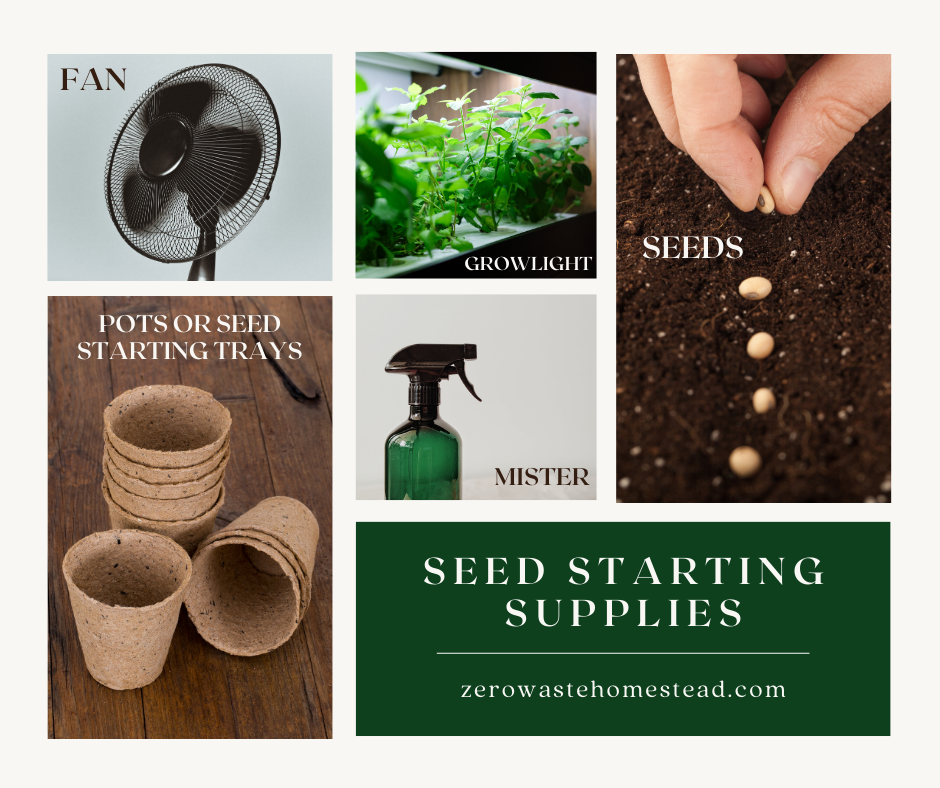
10 Seed Starting Must-Haves for Indoor Growing
One of the great things about starting vegetable and flower seeds indoors is that you can add weeks to months to your growing season. Plus, watching plants grow from seed can be a fun experiment and a learning experience for the whole family!
Of course, the initial supplies for seed starting can be an investment at first. But keep in mind, most seed starting equipment can be used for many years. And… you’ll be able to cut costs by growing vegetables from seed instead of pricey nursery starts!
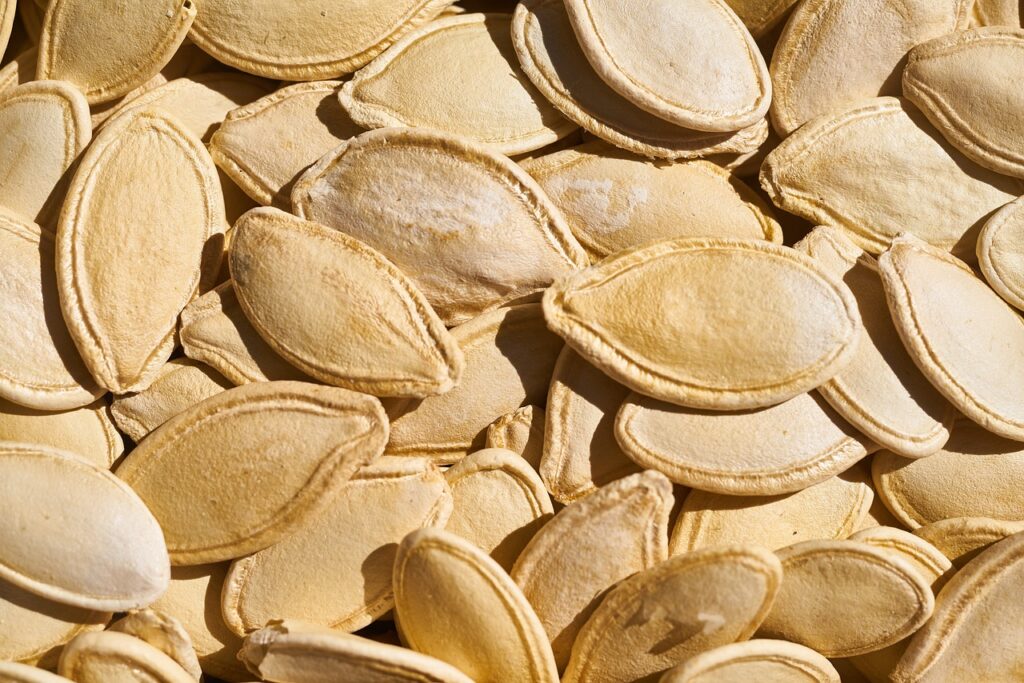
1. Seeds
You’re not going to get very far starting seeds indoors without some seeds to grow! Vegetable, flower and herbs seeds can all be started indoors, but you’ll need to know your last frost date to determine when to start planting.
Seeds can be purchased at garden centers, livestock feedstores or online. Or you can order them from your favorite seed catalogs. I personally order my seeds from Fedco, Baker Creek and Fruition Seeds (not sponsors), and I always recommend getting your seed order in as soon as possible to make sure you get the seeds you want before they sell out!
Tip: Need help decoding your seed packets? See my video tutorial!
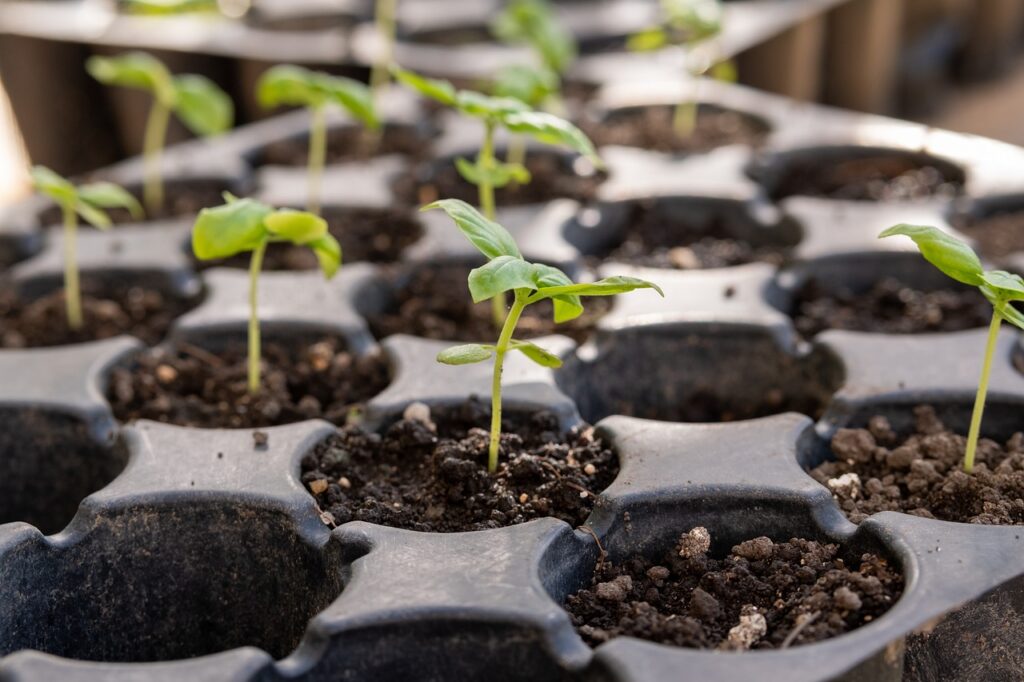
2. Pots and plant starter trays
Once you have your seeds in hand, you’ll need to think about the containers you’ll grow them in. Many gardeners grow seeds in a seeds starter tray, but you can also start seeds in individual pots if that’s more convenient for you. For super handy transplanting, biodegradable pots definitely come in handy and they can be planted right along with your seedlings without disturbing plant roots!
Seed starting trays and plastic pots can be reused for many years to come, but if you’re keen on keeping your garden as zero waste as possible, you may want to use upcycled containers for your seeds instead. Eggshells, toilet paper tubes, old yogurt containers, upcycled Solo cups and recycled newspaper wrapped into tubes can all be used for seed starting. Just keep in mind that any containers you use should have plenty of drainage holes to prevent waterlogged soil.
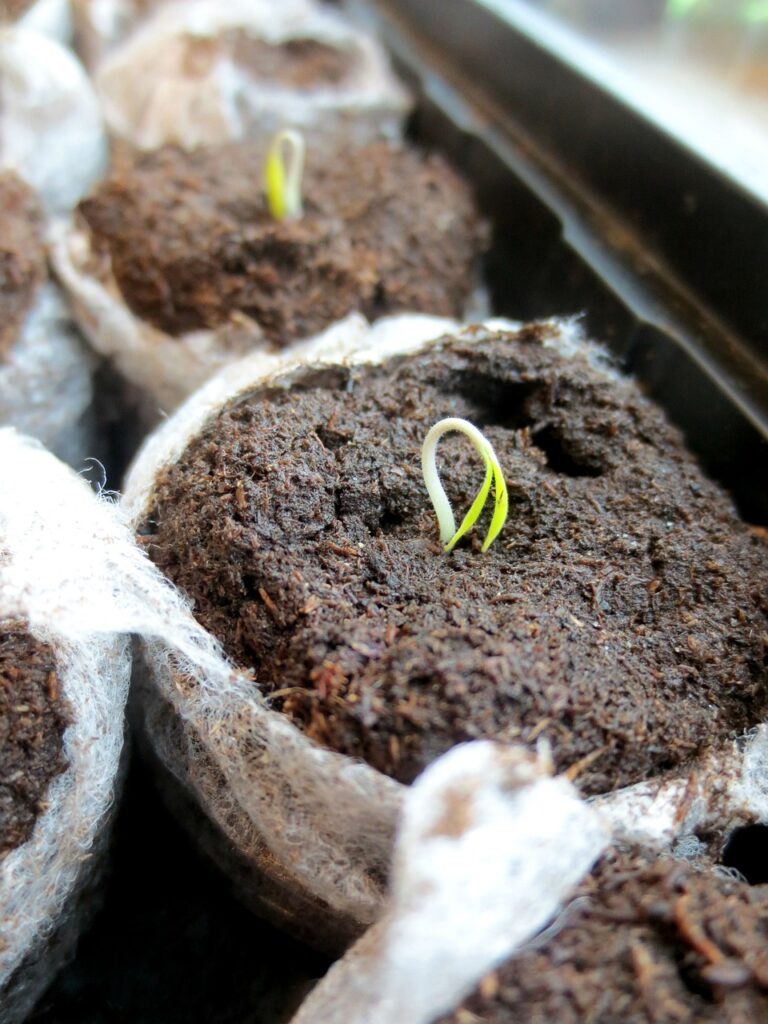
3. Humidity domes
If you buy an indoor plant starter kit, they’ll usually include seed starting trays and humidity domes. But you can also purchase humidity domes on their own or use upcycled plastic bags to cover up seeds while they’re germinating. Humidity domes aren’t strictly necessary when starting seeds, but keeping seeds covered until they sprout can speed up germination rates and keep soil from drying out too quickly.
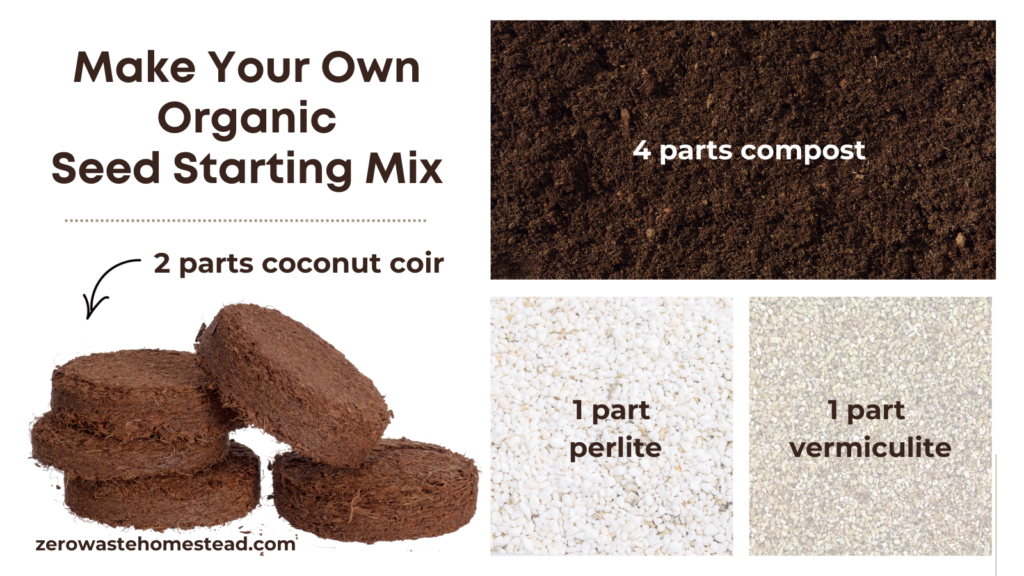
4. Seed starting mix
A seed starter kit may come with seed starting mix included, but you can also purchase bagged seed starting mix or make your own. While you may want to use soil from your garden for seed starting, this isn’t recommend. Garden soil is far too dense for indoor seeds, while seed starting mixes are made of lightweight, soil-free blends that hold the right amount of moisture for seeds and delicate seedlings.
Tip: If you want to make your own peat-free seed starting mix, blend together 4 parts compost, 2 parts coconut coir, 1 part vermiculite and 1 part perlite.
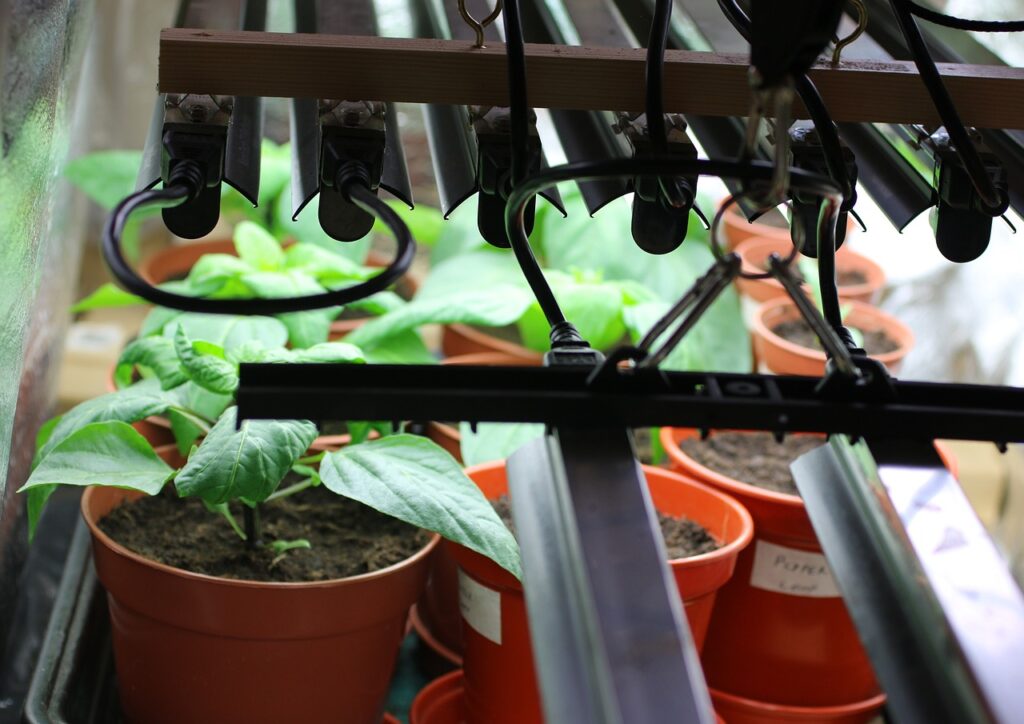
5. Grow lights
The amount of light your seedlings receive can make or break your spring garden. While many gardeners want to keep seedlings in a sunny windowsill, this setup usually won’t provide seeds with enough light to grow properly and you’ll end up with leggy seedlings with weak stems and poor growth. Remember, seedlings typically need more light than full grown plants and they should receive at least 14 to 16 hours of bright light daily!
Over the years, I’ve tried a number of different grow lights and some of them have worked far better than others. These days, I typically stick to LED grow lights, but I also sometimes use fluorescent shop lights. Incandescent bulbs, on the other hand, use much more energy and they produce heat, which isn’t great for tender seedlings.
LED grow lights should be hung just 2 to 4” above seeds and seedlings and then raised as your seedlings grow. Adding a timer to your grow light will turn your lights on and off for you so you won’t need to remember about flipping your lights on in the morning!
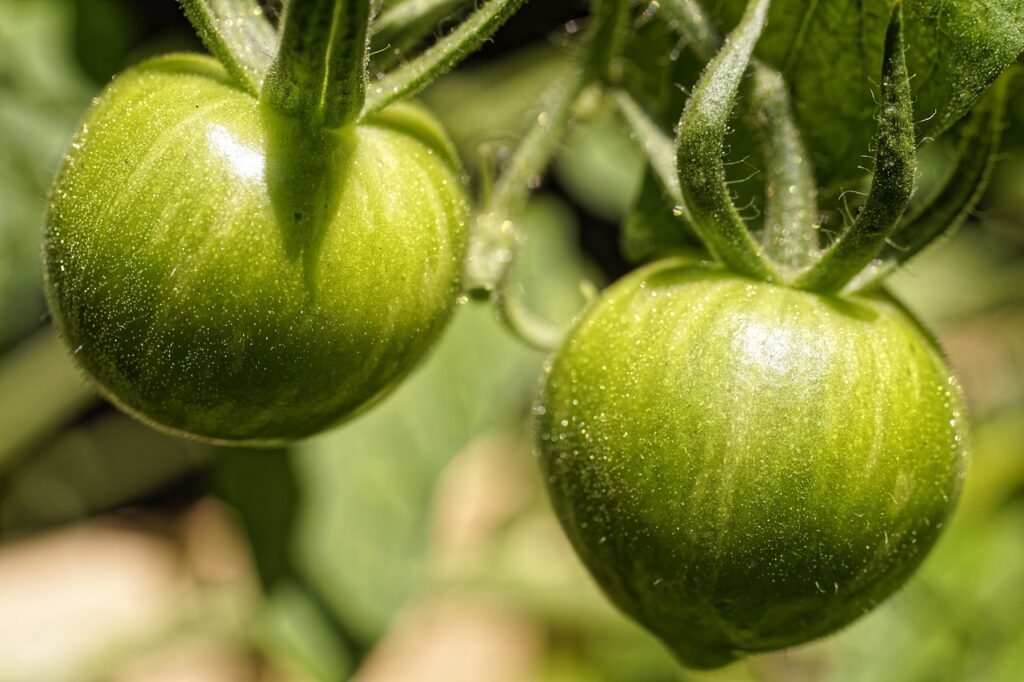
6. Seed warming mat
Not all seeds require a seedling heating mat, but nightshades (like tomatoes, peppers and eggplants) and a few other plants will germinate much faster if their soil is warm. Heating mats should be turned off after your seeds sprout to keep soil from drying out too quickly. Also, be sure to select heating mats that are intended for plants (not personal use), as grow rooms can be quite damp!
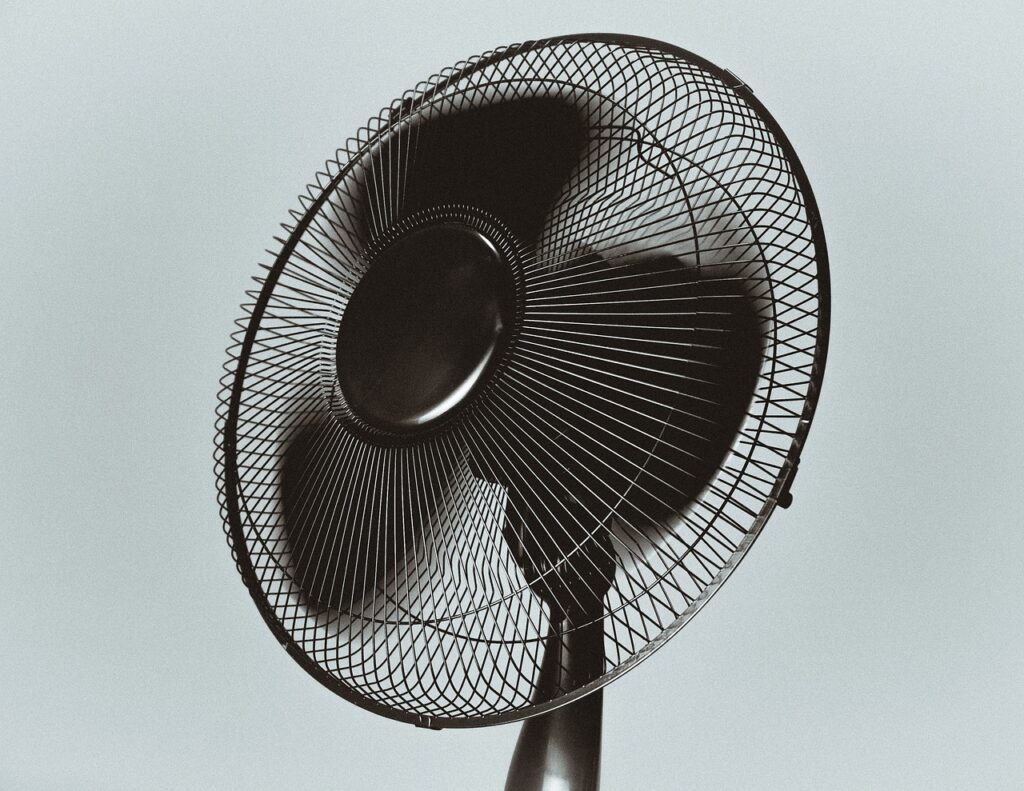
7. Fan
Fans are often overlooked when growing seeds indoors, but they play an important role in seedling development. The air movement produced by even a small fan will help to strengthen seedling stems and make plants a bit sturdier. Fans also increase air flow around seedlings, which is important for preventing common plant diseases like damping off and plant edema.
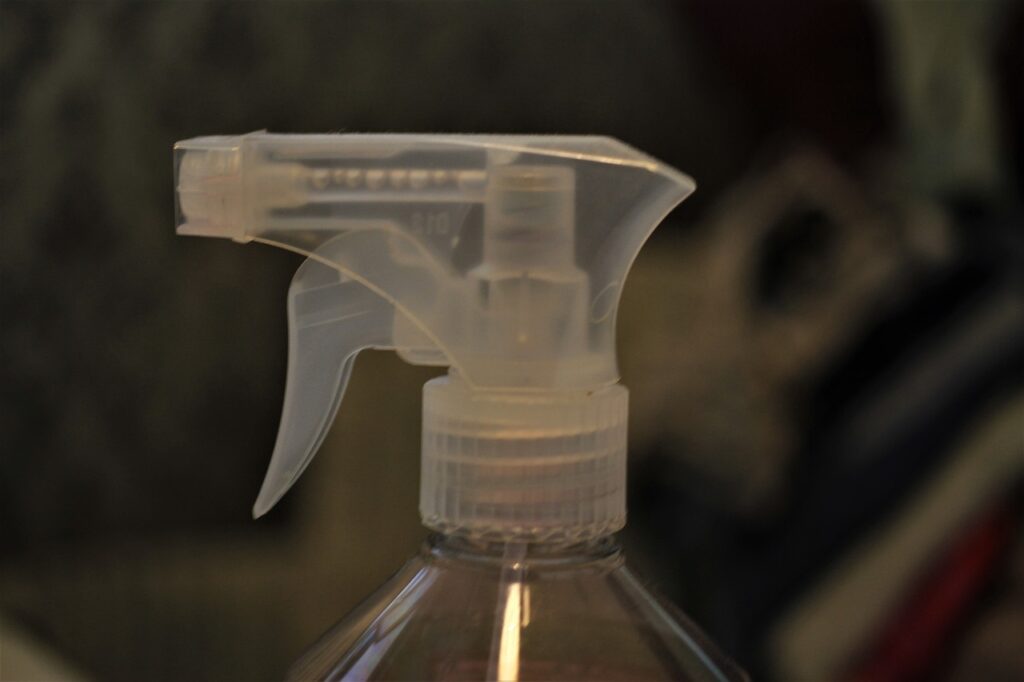
8. Spray bottle or watering can
Seeds and seedlings will typically need to be watered about once a day, but the stream of water from watering cans is usually too strong for young plants and it can wash seeds right out of the soil! I like to use a handheld plant sprayer or backpack water mister (super useful if you’re growing lots of seeds!) for seeds and young seedlings. Once my seedlings are a bit bigger, I switch to a small watering can.
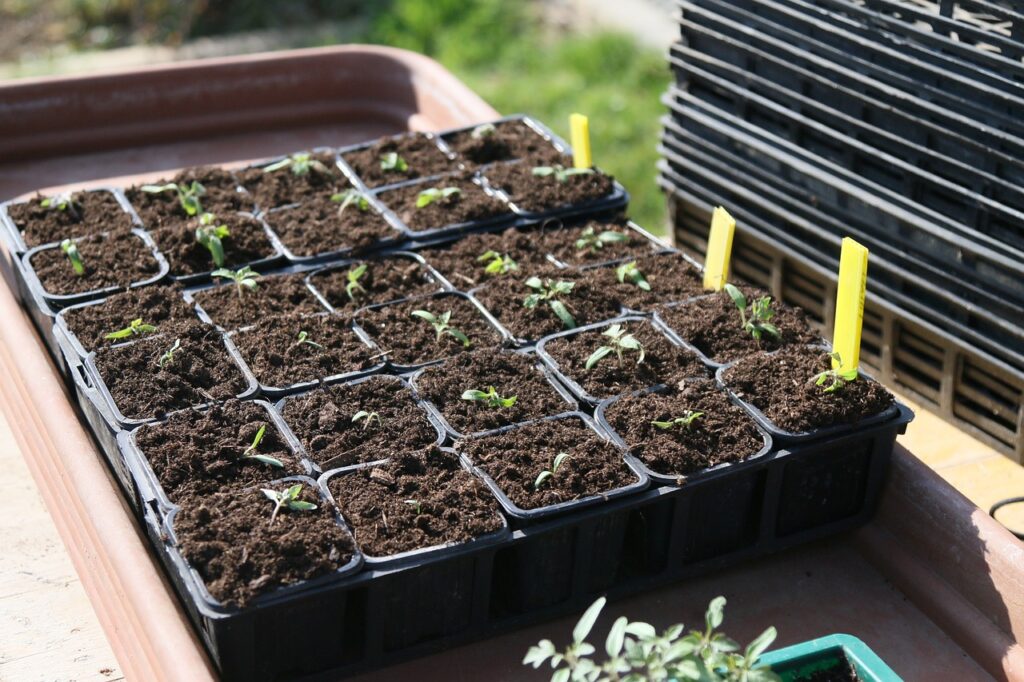
9. Plant labels
Forgetting what you planted is a common gardening woe, but you won’t need to worry about what plants are growing where if you used plant labels from the start. Plastic plant labels can be used for many years and you can often remove marker from them with coconut oil or nail polish remover. However, you can also make seedling labels out of popsicle sticks or make your own labels out of strips of plastic salvaged from upcycled food containers.
Tip: Permanent marker often fades in the sun, while pencil will typically hold up better on outdoor plant labels!
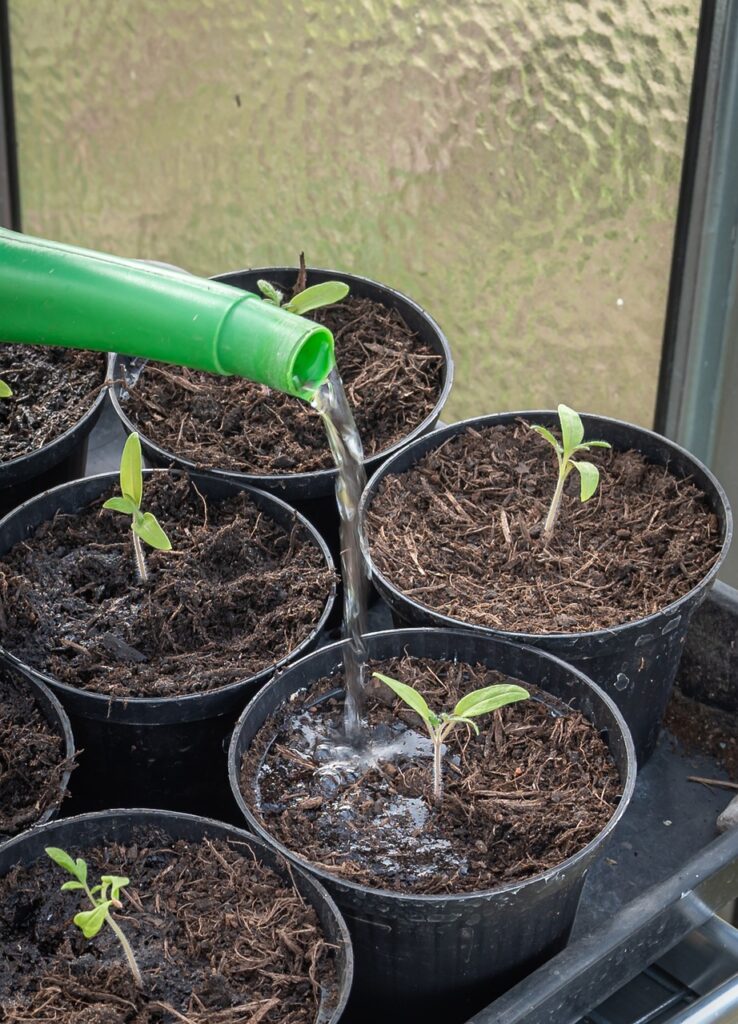
10. Organic liquid fertilizer
Some gardeners wait until transplanting time to fertilize their seedlings, while other gardeners opt to fertilize indoor seedlings as they grow. If you do decide to fertilize indoor seedlings, wait until your plants are a few inches tall and have at least two sets of true leaves. Organic liquid fertilizers are usually the best choice for seedlings, but they should be diluted with water to half or even one quarter strength.
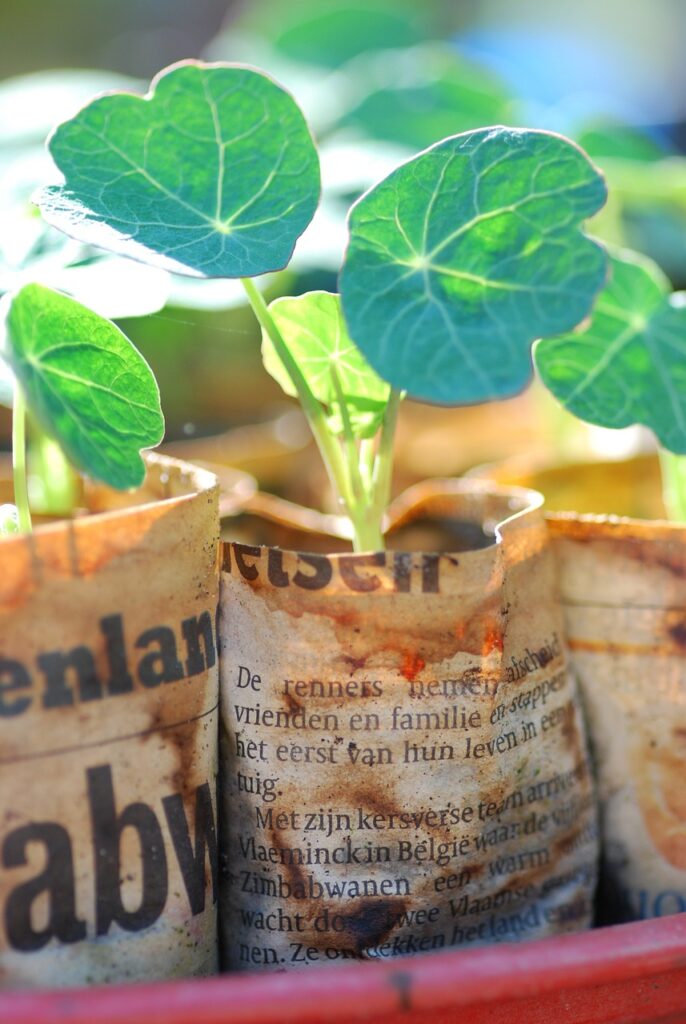
Frequently Asked Questions About Growing Seeds Indoors
What month is best to start seeds indoors?
When you should start seeds will depend on the type of seeds you have and your last frost date. Many vegetable seeds are started indoors in mid-March. However, some slower growing plants are started in January and February and fast growing seeds may not be started until April or May.
How long do seeds take to germinate indoors?
Some seeds germinate a lot faster than others, so it’s always a good idea to read your seedling packet for germination tips. For instance, radish seeds may sprout in just a few days, while certain herb seeds can take several weeks to germinate.
Should you soak seeds before planting indoors?
Sometimes. Large seeds, like nasturtium and corn, usually sprout faster if they’re soaked in water before planting, but this isn’t necessary (or even advised) for most small, lightweight seeds.
